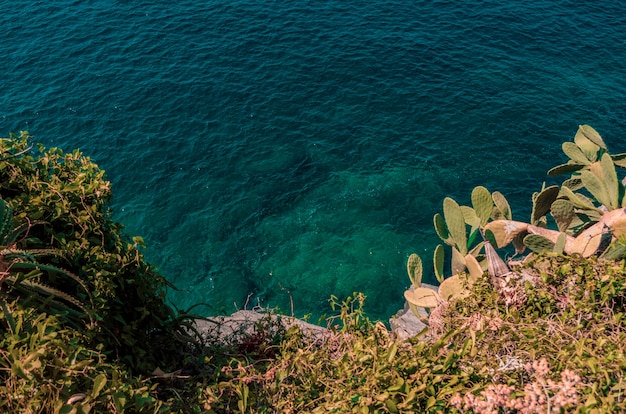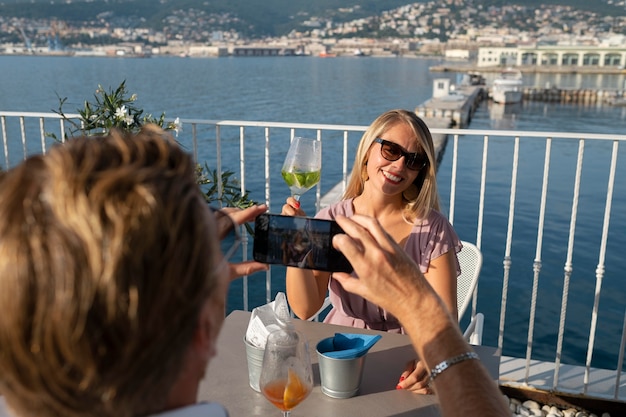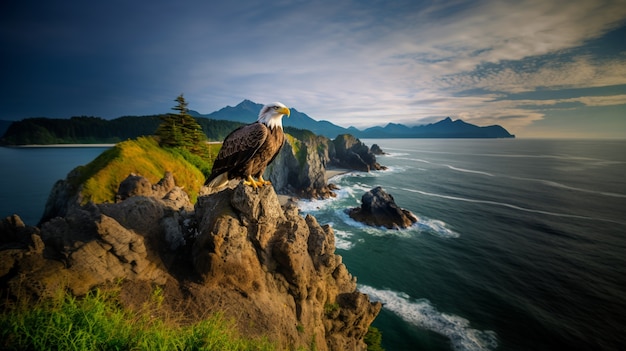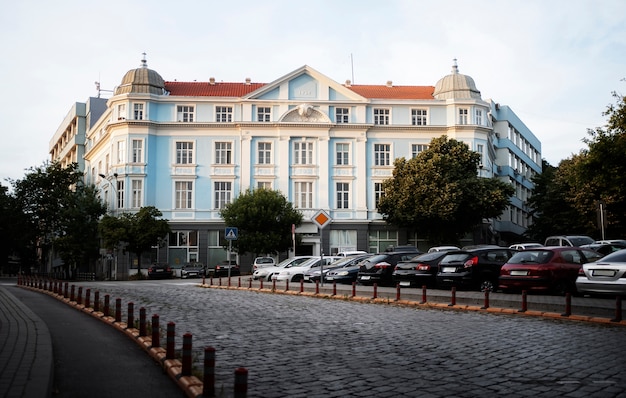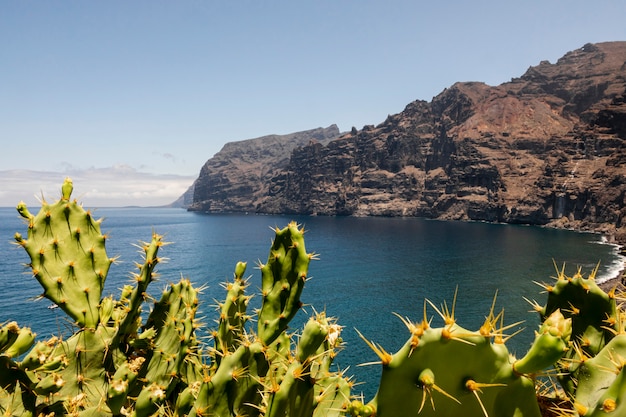
When 20-year-old Queen Victoria of England married her cousin, Prince Albert of Saxe-Coburg and Gotha, they seemed like the perfect couple of their time. Albert, a young German prince from Coburg, Germany, turned out to be a devoted husband, and their marriage was a happy one, producing nine children.
When we visited Rosenau Castle, Prince Albert’s home in Germany, it became clear why he felt so homesick for the rolling countryside and forests of Coburg. Victoria shared his love for Coburg, once writing that it felt like she had spent her youth there.
Victoria and Albert were introduced by their Uncle Leopold to create a suitable match for the future Queen of England. Victoria’s mother, Victoire, and Albert’s father, Ernst, were siblings. Marriages between cousins were common in European royal families to keep power and wealth within the family. Uncle Leopold, who became the first King of the Belgians, used his influence to arrange beneficial marriages, earning the nickname “The Uncle of Europe.”
A few years after their marriage, Victoria and Albert visited Coburg for the first time. Albert took Victoria to Schloss Rosenau, the childhood home he fondly remembered. Just as they did, we entered the park along a chestnut tree-lined drive, catching glimpses of the castle on the hill. It’s easy to see why they loved spending time there. The 36-acre park offered freedom to ride and walk, away from the public gaze and formality of the English court. In the elegant and romantic Schloss Rosenau, Victoria could imagine what life might be like as an ordinary wife and mother. She wrote in her memoirs that if she weren’t who she was, this would be her real home.
Albert’s father, Duke Ernst I, remodeled the ruined castle in a style reminiscent of its medieval origins, drawing on romantic tales of old knights. The castle, with its gilded Marble Hall, hosted balls where attendees wore medieval costumes. Prince Albert was born at Schloss Rosenau, which the family used as a summer residence while spending winters at Ehrenberg Palace. In the 1940s, the castle became an old people’s home, and some fine decorations were lost. Recently, the Bavarian state restored the castle to its original splendor, and it reopened to the public in 1990.
There are guided tours every hour at the castle, and we were fortunate to have one in English. The castle is on a domestic scale. Albert’s mother Louise’s pretty dressing room and bedroom reminded us that she was just 16 when she married the 33-year-old Duke Ernst. The castle was so small that guests had to walk through her bedroom, so a wooden box was placed on top of the mattress to store her clothes from public view. Unfortunately, the marriage ended unhappily due to infidelity, and the couple separated and later divorced. Louise died of cancer at just 30.
Schloss Rosenau must have held poignant memories for Albert of his childhood. To ease his homesickness, Queen Victoria commissioned watercolor images of the castle interiors, including a view from Albert’s schoolroom over the park. These paintings, now in the Royal Library at Windsor, were used to guide the castle’s restoration to its original bright colors and furnishings. Beside the drive through the park is a small tree planted to mark the ‘Queen’s View,’ where Queen Victoria could stop her carriage for one last look at Albert’s birthplace on the hill.
Another palace with royal connections is Ehrenburg, whose grandeur overshadows the modest town of Coburg. This is where Duke Ernst I and his wife Louise, Albert’s parents, spent their winters. Schloss Rosenau was more suitable for summer due to its thick stone walls being hard to heat. Our tour of Ehrenburg took us through beautiful rooms, including full-length portraits of Albert and Victoria at the grand staircase. Their grandparents, Duke Franz Frederich Anton and Countess Augusta, rose from humble beginnings to create a powerful dynasty through strategic marriages. Portraits of the extended Coburg family hang throughout the palace, emphasizing their success.
Among the many opulent rooms, we admired Duchess Louise’s bedchamber, renovated in vibrant green silk. The Hall of Giants, with its ornate ceiling, was where Emperor Franz Joseph of Austria met Queen Victoria in 1863. The highlight of the tour was the bedroom where Queen Victoria stayed, complete with a mahogany-paneled water closet she had installed. Ehrenburg Palace, with its grandeur, was a fitting venue for the Dukes of Coburg to entertain visiting European royalty.
Our final stop was Schloss Callenberg, the family home of Prince Andreas, head of the Coburg family. The castle is filled with beautiful artworks and antiques. We enjoyed the rooms dedicated to Queen Victoria, Prince Albert, and their children. The Ducal Art Exhibit displays portraits of all nine of Victoria and Albert’s children and information about the Coburg family’s ties to European nobility. The castle also houses a German Shooting Museum, a quirky change from the portraits and antiques, detailing the history of archery and shooting sports.
After Albert’s untimely death in 1861, Queen Victoria commissioned a statue of her beloved husband for Coburg. The statue, depicting Albert in his Knight of the Order of the Garter robes and holding plans for the Crystal Palace, was initially planned for Albertsplatz. However, Queen Victoria insisted it be placed in the main square, Marktplatz. In 1865, she visited with her children to personally unveil the statue, which now stands proudly in the town’s heart. During our visit, we stood under it at the Christmas market, drinking Glühwein.
Victoria’s final visit to Coburg was in 1894 for her granddaughter’s wedding to the Grand Duke of Hesse, just 20 years before World War I. The Coburg family’s marriage policy had been successful, but the war saw cousin fighting against cousin despite their close ties. The English royal family changed its name to Windsor during the war, and many Coburg connections were forgotten. We enjoyed rediscovering these connections during our visit to Coburg, seeing the town through Victoria’s eyes as she visited Albert’s hometown.
We stayed at Hotel Villa Victoria in Coburg, a perfect base for exploring the town and nearby castles. The accommodation is in a charming turn-of-the-century villa just outside the old town walls, with convenient parking. Our delightful suite had an adjoining sitting room and a view of the city gatehouse. The house was beautifully renovated, with a guest sitting room and tea and coffee station on the landing. Breakfast was served in a charming ground-floor room with pretty floral china and lace tablecloths.
Across the road is a more modern residence where guests can also have breakfast in the villa. When booking, check if you can stay in the older house. Hotel Villa Victoria is more of a guest house than a hotel, so inform the owners of your arrival time and make arrangements accordingly.
For more information about Coburg, visit the Coburg Tourism website. To plan your holidays in Germany, check the Germany Tourism website. We recommend the DK Eyewitness Germany Travel Guide.
From the UK, you can reach Coburg via Nuremberg airport (1 hr 15 min drive), Frankfurt (2 hrs 50 mins drive), or Munich (2 hrs 50 mins drive). We recommend hiring a car to easily visit all the castles and places of interest around Coburg. Heather and Guy flew from Bristol to Frankfurt with bmi regional, who offer up to three daily flights between Bristol and Frankfurt. One-way fares include a generous luggage allowance, in-flight drink and snack, allocated seating, and speedy check-in.
Thanks to the German National Tourist Board for hosting our visit to Coburg and to BMI Regional for covering our flight via Frankfurt.
